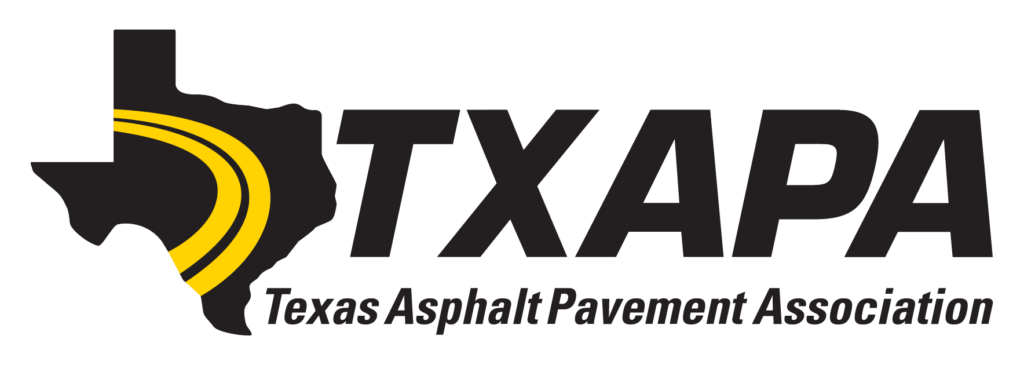Energy Sector Safety From TxDOT
Categories

While energy production may fluctuate yearly, oil and gas activity often brings increased traffic and large trucks to rural areas and adjacent communities. The Energy Sector Safety Campaign is under the umbrella of Be Safe. Drive Smart. and focuses on reminding drivers to be extra cautious when driving through Texas energy zones.
Crash data
In 2021, more than 79,000 traffic crashes occurred in the state’s five major energy production areas resulting in 1,119 deaths, a 20 percent increase over the previous year. The leading contributors to those crashes were failure to control speed and driver inattention. Below is a breakdown of crashes per energy region for 2021:
- Barnett Shale: 21,103 traffic crashes resulted in 280 fatalities and 1,161 serious injuries.
- Eagle Ford Shale: 13,085 traffic crashes resulted in 139 fatalities and 546 serious injuries.
- Anadarko Basin: 656 traffic crashes resulted in 18 fatalities and 51 serious injuries.
- Haynesville/Bossier Shale: 18,427 traffic crashes resulted in 298 fatalities and 995 serious injuries.
- Permian Basin: 25,884 traffic crashes resulted in 384 fatalities and 945 serious injuries.
Traffic fatalities in the five energy zones accounted for almost one in four roadway deaths in the state.
Safety Tips
Energy production areas can present unique road and traffic challenges for motorists, including sharing the road with many large trucks and tankers required for extracting and transporting oil and gas. Drivers should stay alert and watch for other vehicles, especially heavy trucks with large blind spots, moving at slower speeds and requiring a greater distance to make a full stop. Following these basic safety precautions may help to save a life:
- Follow the posted speed limit and adjust your driving to match road conditions.
- Always buckle up drivers and all passengers- day and night.
- Focus 100 percent on driving and put your phone away; no talking or texting when behind the wheel.
- Give large trucks plenty of space, be patient, and pass only when it is safe and legal.
- Obey stop signs and traffic signals.
- Never drive under the influence of alcohol or other drugs.
Drivers should also remember the “Move Over, Slow Down” law: Move over a lane or slow down to 20 mph below the posted speed limit when approaching an emergency or law enforcement vehicle, TxDOT vehicle, tow truck, or utility vehicle stopped with flashing lights activated on the side of the road.
